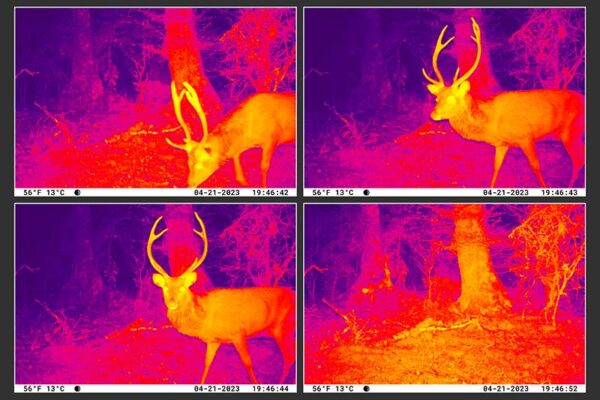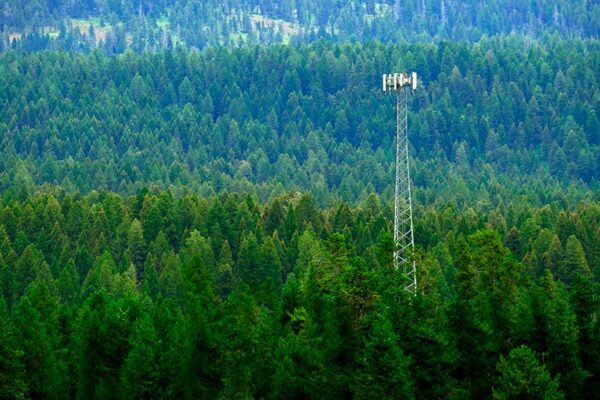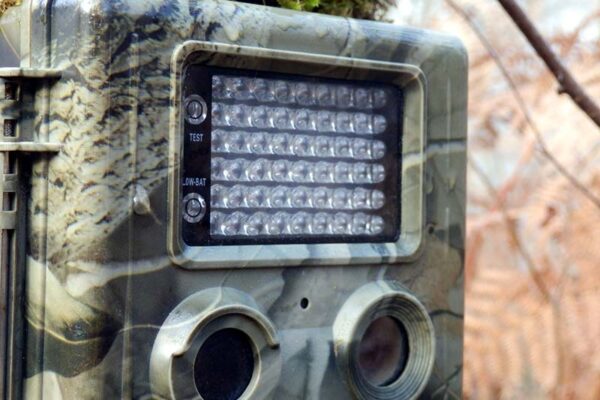Smart Trail Cameras: IoT Revolutionizes Field Monitoring
By Greg Oppenheim
September 23, 2025
By Greg Oppenheim
September 23, 2025
Estimated reading time: 5 minutes
Once limited to simple, passive infrared sensors, trail cameras now support advanced surveillance and research applications. Wireless connectivity and cloud integration, driven by Internet of Things (IoT) technologies, have transformed their role in the field.

IoT sensors and platforms support advanced trail camera features, including:
Through wireless network connections, users can remotely view images and receive alerts. GPS provides location data, enabling teams to manage widespread deployments. Cameras record only when activity is detected, saving battery life and storage space.

IoT connectivity provides a broader range of communication between trail camera devices, providing:
Remote trail camera operators have various IoT network connection options available to them, including:
Here are the differences between these technologies and what they bring to trail cameras:
The best cellular technology for a given application will depend on coverage, power efficiency and data needs.
Trail cameras integrated with an IoT platform and wireless communication eliminate the need to retrieve SD cards or camera units in the field. Users can adjust settings and monitor statuses remotely from a centralized dashboard.

GPS provides valuable information for trail camera users. On its own, it delivers precise location data. When paired with IoT sensors, it supplies information about the environment around the camera, like:
IoT platforms integrate location data with cloud-based mapping and analytics. GPS and IoT support geo-fencing automation, which triggers alerts when objects or individuals enter or leave a zone.
Infrared technology is crucial for trail cameras operating in low-light areas or at night. IoT platforms automatically adjust infrared settings and switch between daylight (color) and infrared (night vision) modes.
IoT-enabled motion detection minimizes camera activity, saving power and memory. Users remotely tailor their settings through an IoT dashboard.
The integration of artificial intelligence (AI) enables innovative applications for trail cameras. With high-resolution images and connected systems, these devices enable advanced wildlife monitoring and security functions.
AI improves real-time monitoring by sending smart alerts based on set parameters. Users can, for instance, set the camera to notify them only when a specific animal or object is detected.
Trail cameras with AI perform real-time object recognition at the edge, eliminating latency and conserving bandwidth.
AI automatically organizes and filters images based on relevance. It can distinguish between different types of motion (e.g., animals versus humans) and filter out irrelevant data. This feature helps reduce false alarms by screening out movements like wind or small animals.
To operate effectively in the field, AI relies on the connection and data flow IoT provides. IoT links cameras and systems in real time, allowing AI to deliver timely insights and support automation. The increased volume and variety of data improve the inputs fed into AI models. They become more dynamic and accurate.
IoT also helps trail cameras connect with business applications. These integrations make it easier to apply AI-driven analytics and turn camera data into smarter, practical insights.

IoT and AI rely on stable wireless cellular connections to provide real-time data and automation. To support these technologies, manufacturers must address challenges, like:
Advanced trail cameras depend on reliable network connections. Manufacturers need a provider with a wide range of secure cellular modules and robust network support. The right partner provides proven connectivity solutions to ensure secure data transmission from the camera to the cloud.
Telit Cinterion offers eSIM capabilities for trail camera deployments. Features like multi-IMSI and remote provisioning simplify the management and updating of trail cameras.
Let Telit Cinterion bring your IoT-enabled trail camera solutions to market quickly and securely at scale.